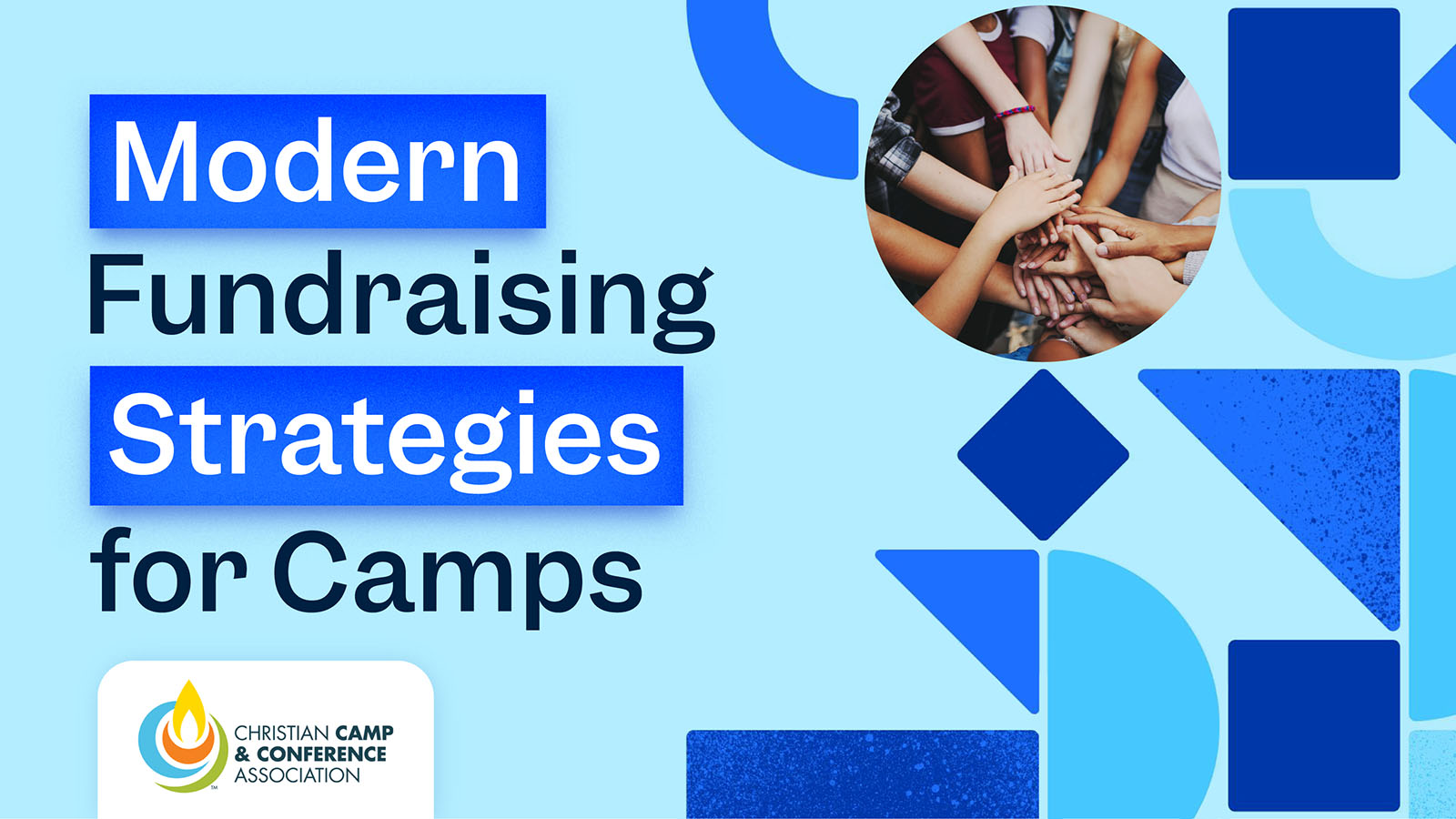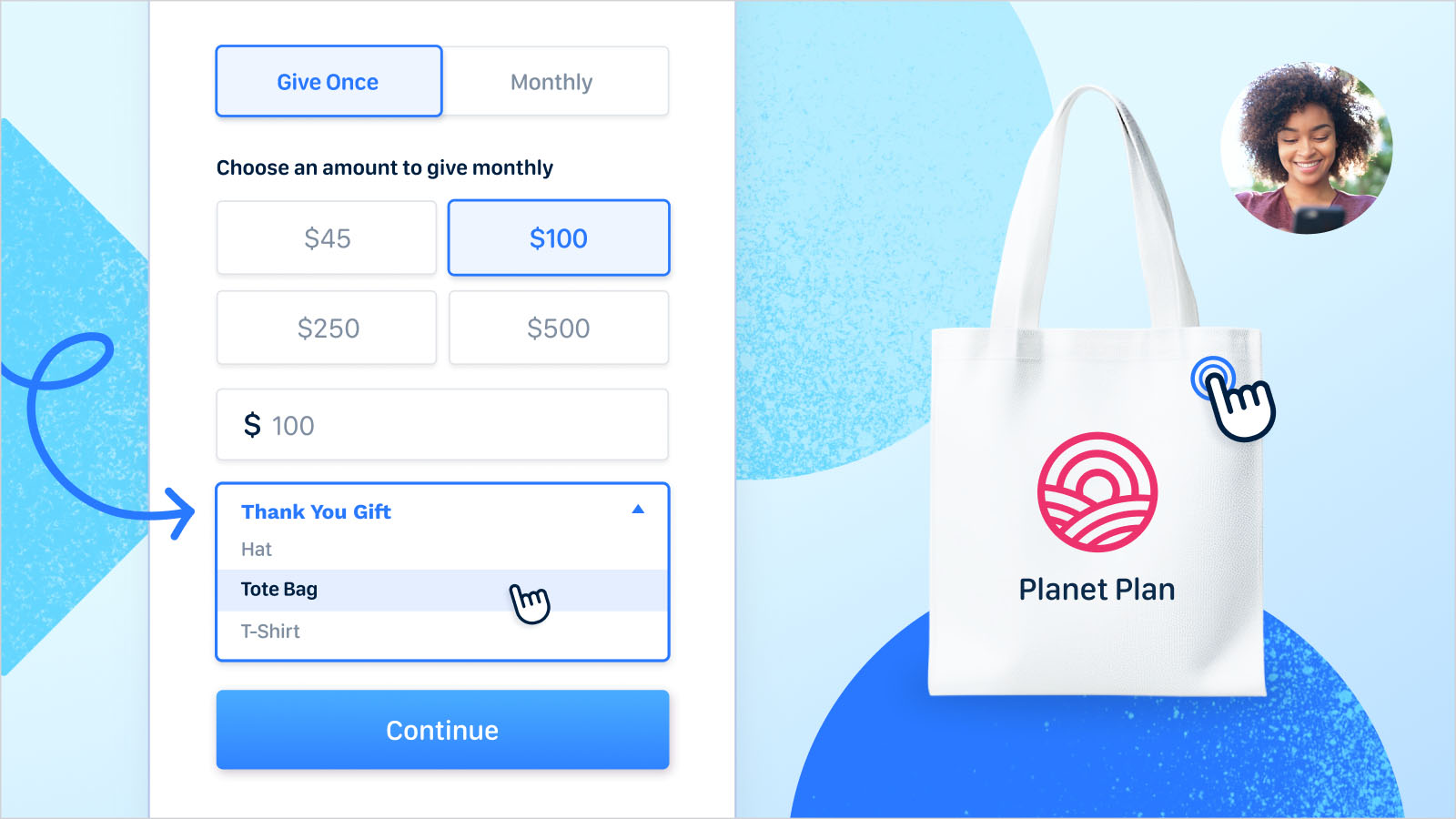Nonprofit Fundraising Hacks for Year-End Giving
1. Personalization
We've all received a letter addressed to “Dear NAME.” And no matter how beautifully written it may have been, we've tossed it in the recycling bin without a second glance. That's because no one likes receiving a form email or letter, so the more personalized your communications, the better.
To up the personalization factor, revisit your donor segment strategy to ensure it's aligned with your current priorities. While most of us use donor management software to break down our donor base by giving status and donation size, you can also segment by age, location, relationship to your organization, preferred means of communication, and preferred way to give.
Once you've segmented your donors with your donor management software, send tailored asks and updates that don't rely on NAME to speak directly to donors' needs and interests.
2. Begin a partnership
The end of the year is a great time to put community-centric fundraising principles into action. To begin, repeat after us (in the immortal words of those sharks from Finding Nemo): nonprofits are friends, not food. In other words, your fellow nonprofits are your allies, not your competition.
Partner with another nonprofit
By partnering with another organization for your year-end fundraising, you can both become stronger and more successful. For example, if you're a larger organization, you can share technology resources with a smaller nonprofit. At the same time, the smaller nonprofit might be well-positioned to connect you to the local community.
Create corporate partnerships
Another effective way to reach fundraising goals through partnerships is by working with corporations. By collaborating with businesses, your nonprofit can access additional resources and support while the business can align with a cause or organization that resonates with their values and mission, enhancing their brand image and reputation.
At the end of the day, remember that fundraising is about relationships with donors, not transactions.
3. Engage with your supporters
Let's use the calendar year-end as an example. Everyone gives at the end of the year because they like to wrap things up on a positive note ...and they like the tax deductions.
Keep this warm-and-fuzzy spirit alive by pairing your year-end asks with authentic opportunities for community engagement. One fun way to build community? Ask supporters to share stories that align with your cause, and then publish them online so that everyone can read them.
For example, if you're a research organization, ask why your research is personally important to your supporters. If you're an animal shelter, solicit pet adoption stories. By establishing a sense of community and connection, you'll keep donors coming back long after your fundraising initiatives end.
4. Optimize your website
Let's stick with the year-end example as we shine a light on your website. We all know that 31% of online giving occurs in December. That's a lot. And that spike in giving-related traffic merits some extra attention when it comes to the gateway to your organization: your homepage. Consider giving it an extra-special makeover so that the branding is consistent with your year-end campaign, creating a unified feel for visitors.
Also, because you're sure to see an increase in new visitors, include a brief intro to your organization and its mission on your homepage, along with a custom donation button and pop-up donation form.
5. Automate tasks and communications
When things are beyond busy, it's easy to forget a newsletter or post an Insta update with more than a few typos.
Enter automated emails and social media posts.
The beauty of automated communications is that you can sit down on a quiet Thursday morning after nine hours of sleep, write a bunch of amazing copy, and schedule it to post exactly when you want.
From a quick “Happy Holidays!” email to Facebook fundraising deadline reminders, nothing will fall through the cracks. You might actually be able to take all those vacation days you accrued this year!
6. Be honest and transparent
Not all nonprofits have the same resources. In fact, more than 500,000 nonprofits make less than $1 million in revenue each year. If you're a smaller nonprofit with a tiny staff, don't be worried that you're taking a little longer to follow up with donors or lacking a super-polished campaign.
Tell your donors where their funds are going and why it might be a while before they hear back. The fact that you're busy doing great work on a shoestring budget is a completely valid excuse, and your work (and sanity) is much more important than delivering personalized thank-you notes to every single donor within 48 hours.
7. Don't give up
When your fundraising campaign ends (and it will—sooner than you'd think!), don't take your foot off the gas immediately. As you send your thank-you's, consider sharing your upcoming plans as well. Highlight any exciting new projects or specific goals you have to rally supporters behind you as they decide how much to give and to whom.
8. Celebrate fundraising success
It's no secret that people do some of their best work when they have something to look forward to. Whether it's a pizza party or a bonus, when you set a stretch goal, be sure to acknowledge and appreciate all the hard work that goes in—you might find that your team will rev up their efforts accordingly.
9. Streamline your giving experience
Funraise is all about the giving experience, and we've got a few fun donation page power ups that will help you help direct donor behavior as your donors move through the donation process. Try a pop-up, multi-step donation form, recurring upgrade, and abandoned donation notification—you might be surprised.
10. Gamify giving
This is a lever that can take on any form imaginable. Think publicly acknowleding your top P2P fundraisers, adding fundraising thermometers and progress bars to custom fundraising websites, or bringing the heat with a silent auction.
11. Get your board on board
While your nonprofit likely has fundraising and development folks (maybe you, reader!), you also have a board of directors. We're not saying that your board members have to fundraise or do outreach or even donate, but we are saying that your board needs to facilitate your fundraising efforts
Luke Womack, ED of The Go Fund, laid it out in a recent episode of the Nonstop Nonprofit podcast:
Executive Directors and boards... have the same objective. It's called the mission.
And when boards and staff are focused on the mission, working together toward fundraising goals is that much easier.
12. Try something new
There's something to be said for sticking with a plan that works. But growth comes through change, and to get there, sometimes you've got to go out on a limb and try something you wouldn't normally.
The key is to lift the pressure off of the new ideas—when a lot is at stake, it can be easy to set expectations too high. Part of new ideas is that they're fun, so lean into that element!
13. Track growth as you go
Yooooo, if you want to maximize your strategic planning process, don't wait until the end to evaluate your success. You've got to keep track as you go, and Funraise's Fundraising Intelligence data analysis and fundraising dashboard feature is exactly what you need to make realtime decisions to avoid amplify success and avoid fundraising flops.
FAQ (h/t to AI)
What are the objectives of fundraising?
Fundraising is a crucial aspect of any non-profit organization, as it helps to generate the necessary funds to support their mission and programs. The main objectives of fundraising are to raise money for a specific cause or project, increase awareness about the organization and its mission, and foster relationships with current donors.
How to track your fundraising goals?
Tracking your fundraising goals is crucial in ensuring that you stay on target and meet your objectives. Data reporting and dashboard tools like Fundraising Intelligence make goal setting, tracking, and sharing easier than ever. Visualizing your data with the right fundraising tools is one of the best ways to understand and track your fundraising goals.
How many SMART goals should I have?
When it comes to setting fundraising goals, it's important to ensure that they are specific, measurable, achievable, relevant, and time-bound (SMART). The number of SMART goals you set largely depends on the size and scope of your fundraising campaign. It's recommended to have a few key overarching goals that encompass your main objectives.
How to set fundraising goals?
Setting fundraising goals is an important step in any successful fundraising campaign. Here is how to set effective fundraising goals: define your purpose, research and analyze, set SMART goals, break it down, and communicate and collaborate. Also, look to your mission! You won't go wrong by setting goals that keep your mission in the forefront.
What is a nonprofit fundraising strategy?
A nonprofit fundraising strategy is a comprehensive plan that outlines the goals, objectives, and tactics a nonprofit organization will use to raise funds. This strategy is essential for ensuring that the organization can meet its financial needs and continue fulfilling its mission.
What are the essential elements of a successful fundraising strategy?
A successful fundraising strategy is essential for any organization. Key elements that are crucial for a successful fundraising strategy: clear goals, target audience, multi-channel approach, communication and transparency, and evaluation and adjustment. Incorporate these key elements into your fundraising strategy and utilizing tools to ensure that you are on track to meet your objectives.
What are the benefits of a strong fundraising strategy?
A strong fundraising strategy is essential for any organization looking to meet their financial goals and achieve success. There are numerous benefits to having a well-thought-out and effective fundraising plan in place. For example, a strong fundraising strategy allows an organization to define financial goals and create a roadmap for how they will reach them.






























.webp)
.webp)











.webp)
.webp)

.webp)
.webp)
.webp)




